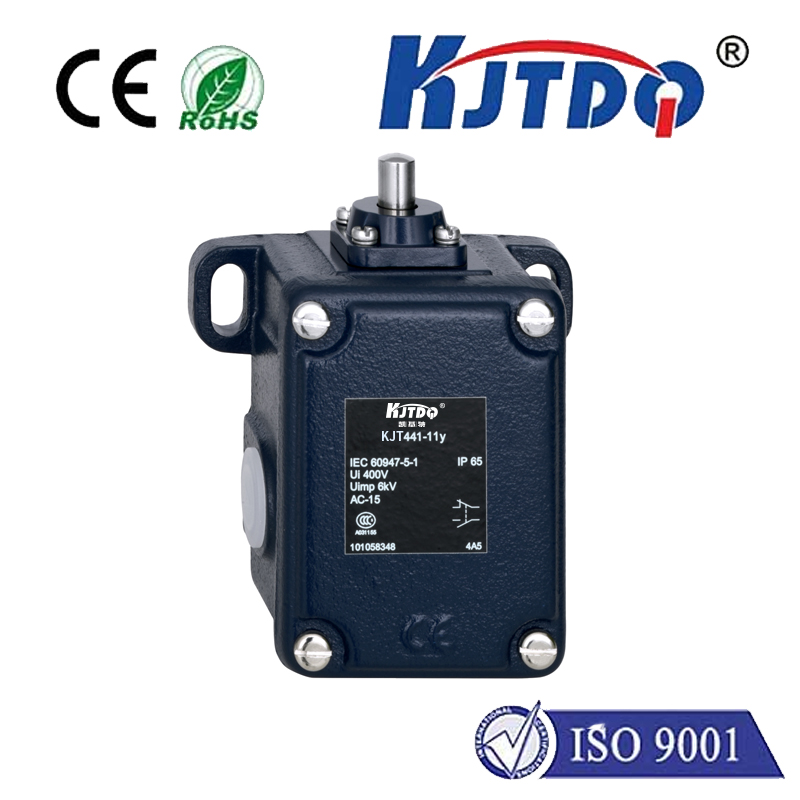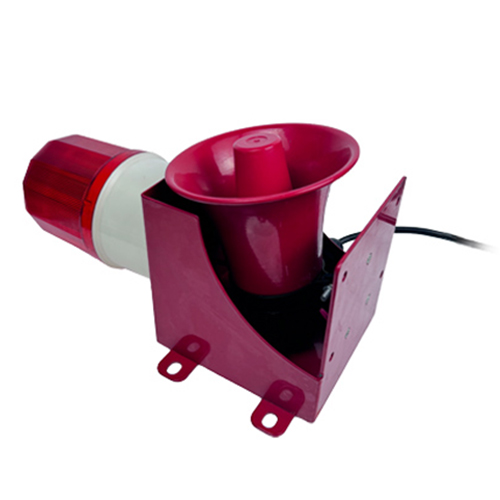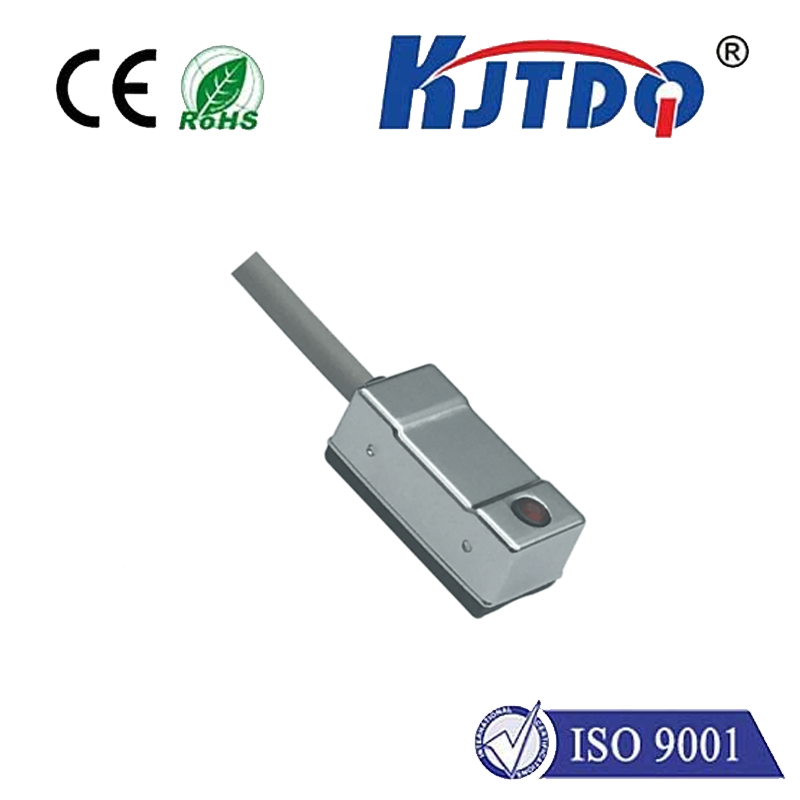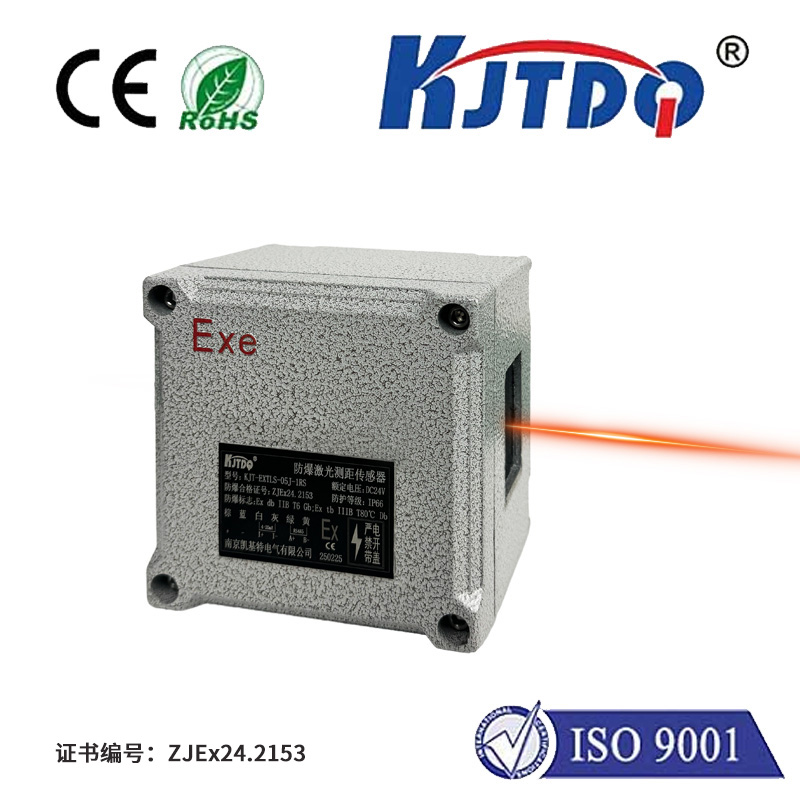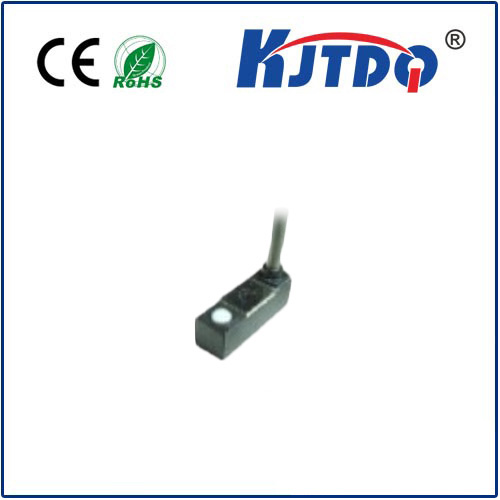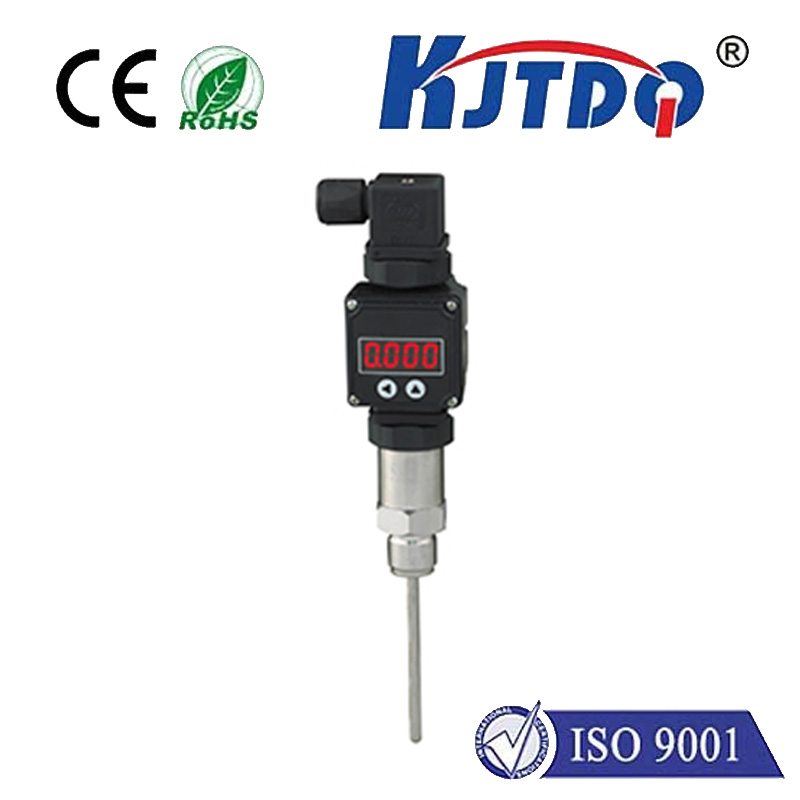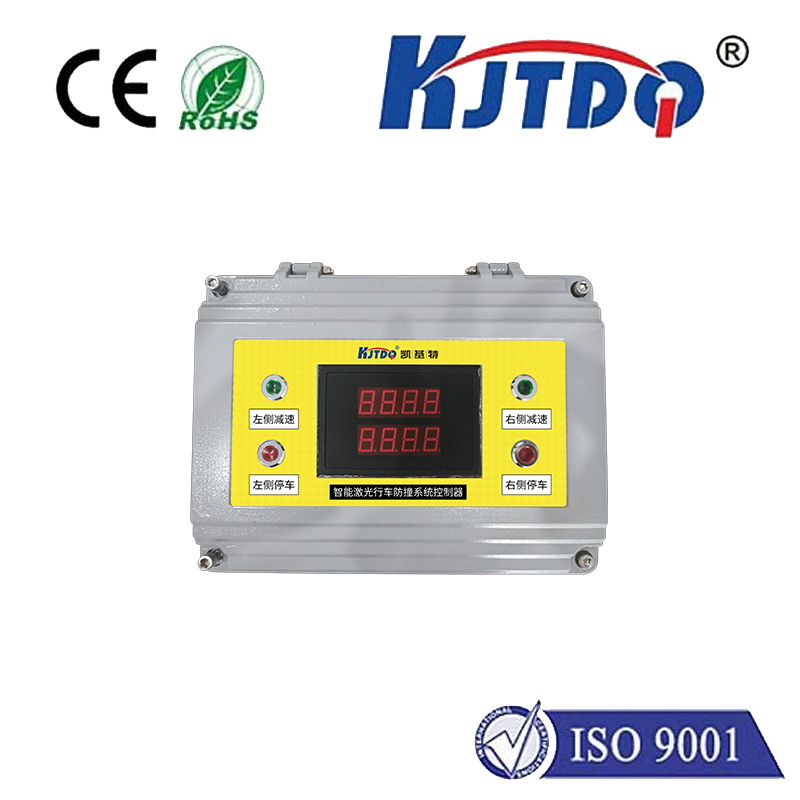aser Emit Sensor: Revolutionizing Precision and Automation In a world where precision and efficiency are paramount, the лазерный излучающий датчик has emerged as a game-changing technology. These sensors, which combine the power of laser emission with advanced sensing capabilities, are transforming industries ranging from manufacturing to healthcare. Whether it’s automating complex processes or ensuring unparalleled accuracy, laser emit sensors are at the forefront of innovation. But what exactly makes them so indispensable? Let’s dive into the science, applications, and future potential of this remarkable technology.
А.лазерный излучающий датчик is a device that uses laser beams to detect, measure, or analyze objects or environments. It operates by emitting a focused laser beam and then capturing the reflected light to gather data. This process enables the sensor to measure distances, detect movements, or identify objects with exceptional precision. Unlike traditional sensors, laser emit sensors offer high accuracy, fast response times, and the ability to operate in challenging conditions, such as low visibility or extreme temperatures.
The core principle of a лазерный излучающий датчик lies in its ability to emit and detect laser light. Here’s a simplified breakdown of the process:
Выбросы: The sensor emits a laser beam toward a target. The laser’s wavelength and intensity can vary depending on the application.
Размышления: When the laser beam hits the target, it reflects back toward the sensor.
Detection: The sensor’s receiver captures the reflected light and analyzes it to determine parameters such as distance, speed, or shape.
Processing: The collected data is processed by the sensor’s internal algorithms to provide actionable insights. This seamless integration of emission, detection, and processing makes laser emit sensors incredibly versatile and reliable.

The applications of laser emit sensors are vast and diverse, spanning multiple industries. Here are some of the most prominent use cases:
In manufacturing and industrial settings, laser emit sensors play a crucial role in automating processes. They are used for object detection, positioning, and quality control. For example, in assembly lines, these sensors ensure that components are correctly aligned and meet quality standards. Their ability to operate in harsh environments makes them ideal for heavy industries.
Robots rely on laser emit sensors for navigation, obstacle avoidance, and precise movement. These sensors enable robots to “see” their surroundings and make real-time adjustments, enhancing their efficiency and safety.
In the medical field, laser emit sensors are used in diagnostic equipment, surgical tools, and imaging systems. They provide high-resolution data that helps healthcare professionals make accurate diagnoses and perform minimally invasive procedures.
Self-driving cars and drones use laser emit sensors (often in the form of LiDAR) to map their surroundings and detect obstacles. This technology is critical for ensuring the safety and reliability of autonomous systems.
Laser emit sensors are also employed in environmental studies to measure parameters such as air quality, water levels, and vegetation density. Their precision and reliability make them invaluable tools for researchers.
The growing adoption of laser emit sensors can be attributed to their numerous advantages:
Высокая точность: These sensors can measure distances and detect objects with micrometer-level accuracy.
Speed: They provide real-time data, making them ideal for applications that require quick responses.
Многогранный.: Laser emit sensors can be used in a wide range of environments and applications.
Non-Contact Measurement: Since they operate without physical contact, they minimize wear and tear and can be used with delicate objects.
Despite their many benefits, laser emit sensors are not without challenges. One of the primary concerns is their cost, as advanced laser technology can be expensive. Additionally, certain environments, such as those with high levels of dust or fog, can interfere with their performance. However, ongoing research and development are addressing these issues. Innovations in miniaturization, cost reduction, and environmental adaptability are making laser emit sensors more accessible and effective. For instance, the integration of artificial intelligence (AI) is enhancing their ability to process complex data and improve decision-making.
In an era defined by automation and precision, laser emit sensors are proving to be indispensable tools. Their ability to deliver accurate, reliable, and real-time data is driving advancements across industries. From enabling smarter factories to powering autonomous vehicles, these sensors are shaping the future of technology. As industries continue to evolve, the demand for laser emit sensors is expected to grow. Their potential to enhance efficiency, reduce costs, and improve safety makes them a cornerstone of modern innovation. Whether you’re a manufacturer, a healthcare professional, or a tech enthusiast, understanding the capabilities of laser emit sensors is key to staying ahead in a rapidly changing world.
